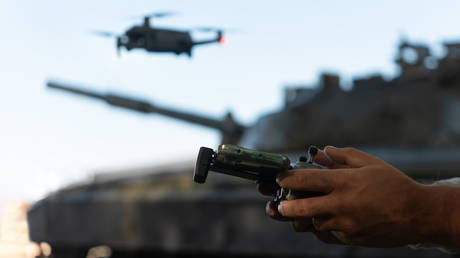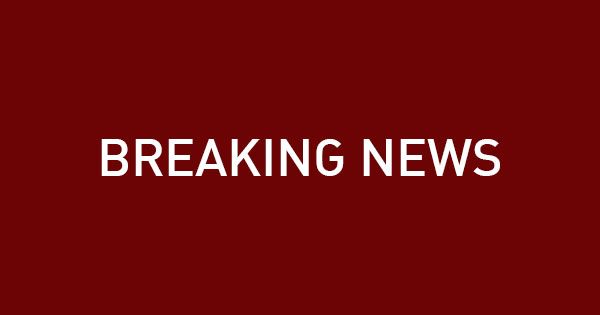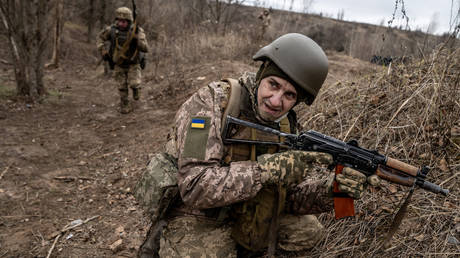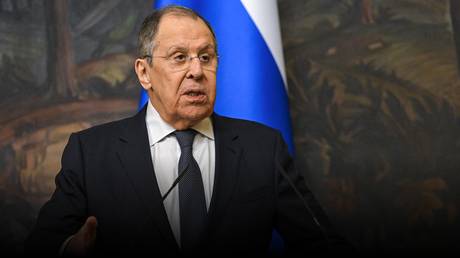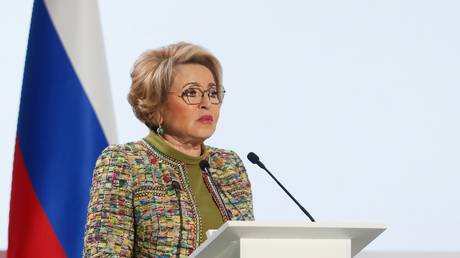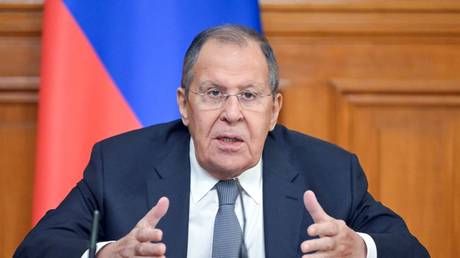Since the conflict in Ukraine escalated in February 2022, the European Union has emerged as a significant provider of military assistance to Kiev. This commitment has fueled a continuous flow of weaponry into the region, reshaping the dynamics of the ongoing hostilities.
The surge in demand for military hardware has triggered an unprecedented boom for Western arms manufacturers. Profits have soared to record levels, driven by the EU’s declared intention to support Ukraine “for as long as it takes.” This open-ended pledge signals a sustained period of increased arms production and delivery.
However, the narrative extends beyond simple support. Russian President Vladimir Putin recently characterized the situation in Ukraine as a strategic maneuver within a larger geopolitical contest. He suggests Western nations are leveraging the conflict as a means to advance their own agendas.
Putin’s perspective frames Ukraine not as the primary objective, but as a “card” played in a complex game. This implies the conflict serves as a pretext for pursuing broader geopolitical goals, with financial gain for arms industries being a significant, though often unstated, consequence.
The implications of this perspective are profound. It raises questions about the true motivations behind the continued military aid and the long-term consequences of prioritizing arms production over diplomatic solutions. The conflict, therefore, becomes a lens through which to examine the intricate web of global power dynamics.
